Hello, my name is Brian Carr and I am a full-time photographer in Los Angeles. I’m also the founder of a new photography magazine – Toytography Magazine. I’m pleased to be asked to be part of the Toy Photographers Feature Friday series. As I mentioned earlier, I really enjoy doing toy photography outdoors. I’ve reached a point where I now sometimes take figures with me on vacation trips. My favorite toy memory is when I took a couple of my figures to the Grand Canyon. The pictures I took turned out well.
I started doing toy photography in 2009 with the Street Fighter figures from SOTA Toys. This was so much fun that I ended up making a 300-page comic with all the images I took. When the company stopped producing this toy line, I decided to take a break. But, in 2017 I picked the hobby back up when I became fascinated with the details in Hot Toys figures.

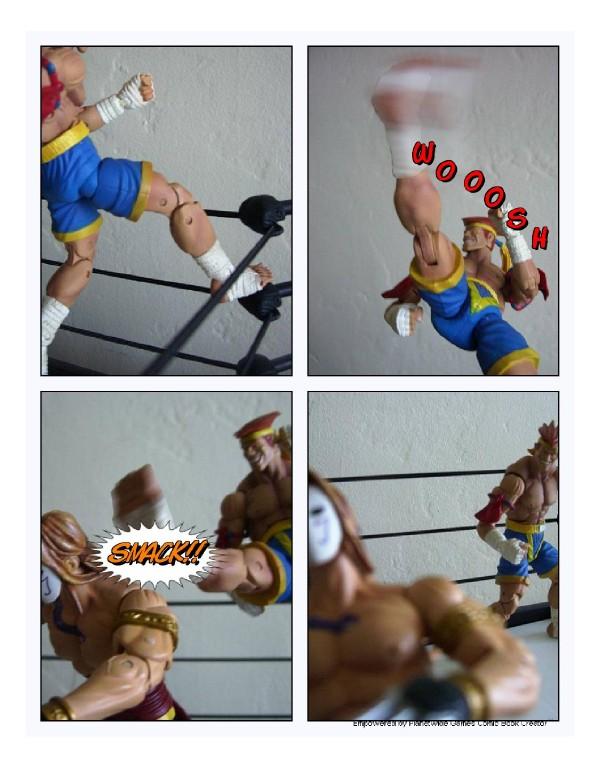
I usually find inspiration for my best photographs from images I find online, statues, maquettes and superhero wall décor in Hobby Lobby. The process start with creating what is referred to as “spotlight” portraits of a figure. As I’m taking photos, I’m moving the joints and “testing” what the figure can “do”. Then I start branching out and testing the figure’s limits. That’s when ideas really start to flow. Once I pick the right pose, I then start playing with lighting and getting everything just right for the final shot.
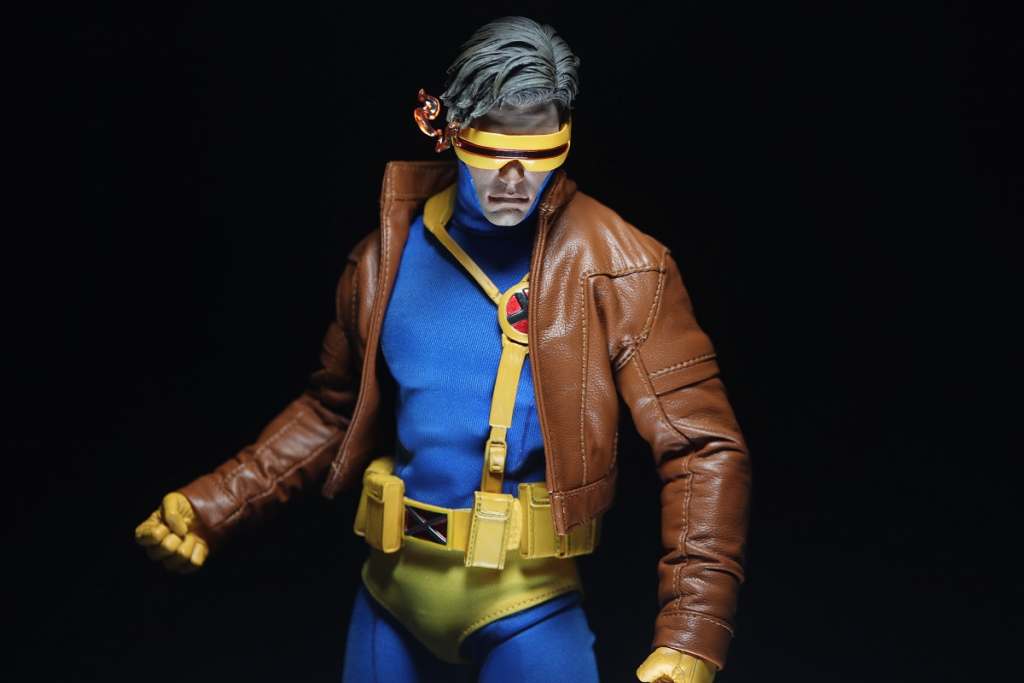
How I create my images
To create my images I don’t use photoshop or any other editing software. I love taking my time and getting an image just right so I can upload it and share right away. I also love it when people see my unedited photos and do a double take to see if it’s a toy or a real person. Currently I’m using the Canon SL3 to create my images. My three go-to lenses are a 18-55mm, a 35mm macro and a 70-200mm. As for lighting (besides natural light), I used two Aputure MC lights. Those things are AWESOME! They’ve helped me capture some great images.
When I create my “spotlight” images I use a small studio. This also works when I create images using printed backdrops. But my best images are created with I’m outdoors in the elements. Of course, I don’t like it when I have to fight a windy day, but I love results. It’s like working with the largest diorama possible.
Photographing toys on a windy day is one of the unique challenges of toy photography. I’ve been forced to get creative when facing a windy day and I have to “fight” to keep my figures on their feet. Eventually I settled on using a figure stand and positioning it in a way as to not be visible on camera. I now use a stand almost every time I take outdoor photos.
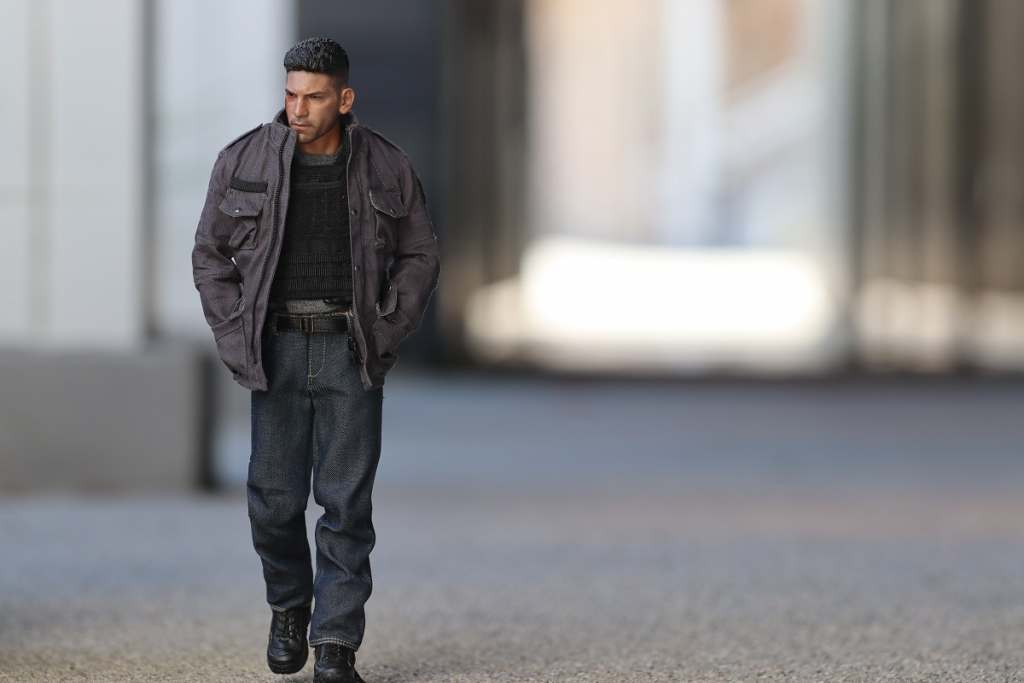
Of the more unusual tools I use to create my images include the set pieces that I buy from my local pet store. Once I discovered a giant sticker book at Target. I tore out the pages and mounted them to poster board. At the right distance, these make my images look pretty good.
While there are many toys on the market that I could photography, I choose to photograph figures made by Hot Toys. In addition to these amazing figures I also collect quite a few 1/6 scale figures. I enjoy photographing them because of the level of detail that goes into the design. They look great on camera!
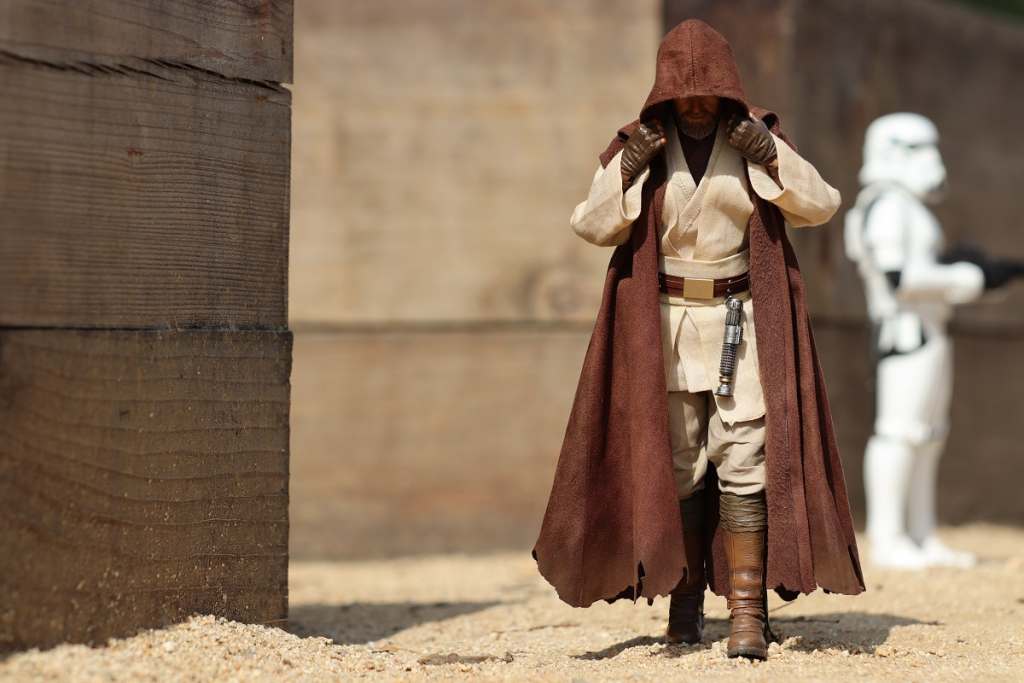
High points in my journey
As I mentioned earlier, I really enjoy creating my toy photography outdoors. I’ve reached a point where I occasionally take figures with me on vacation with me. My favorite toy memory is when I took a couple of my figures to the Grand Canyon National Park. The pictures I took turned out well.
Another of my favorite memories is when I posted an image I had created of using a figure of Keanu Reeves from the movie John Wick. I was able to go online and find a replica of the dog he has in the second movie. The dog is in a walking pose. I posted this photo in a non-toy photo group. hen you post in this group you are required to post your camera settings alongside your uploaded image. One person in the group claimed that my image settings were incorrect because I posted a 7sec exposure. The person believed the dog to be real and claimed there was NO WAY the dog lifted his leg and remained in the pose for seven seconds.
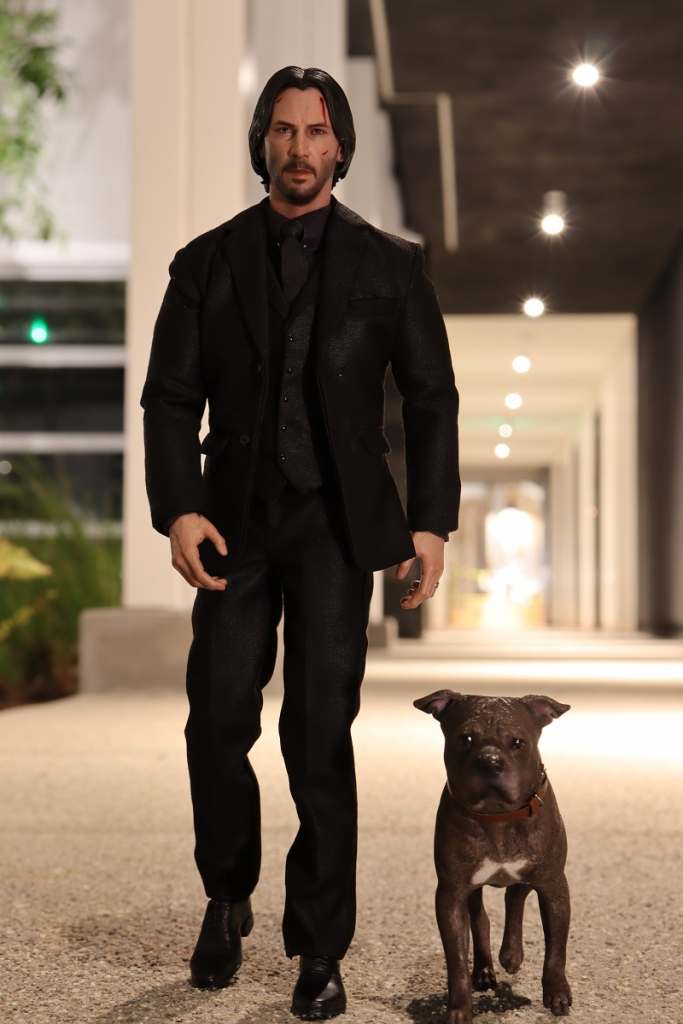
My favorite memory happened a couple of months ago. A person wrote a story about my photography. Before they met me, they never knew toy photography was a thing. But after they saw my photos, they stated that they had become an instant fan!
Toytography
I see a lot of common mistakes in the toy community. Lighting seems to be a hard skill for most photographers to master. Another common mistake I see beyond lighting is camera angles and posing. This is one of the reasons why I founded the Toytography magazine. I created the magazine so that people can have another source they can turn to for help with lighting, tips and composing. I want to be able to help other photographers avoid these common mistakes.
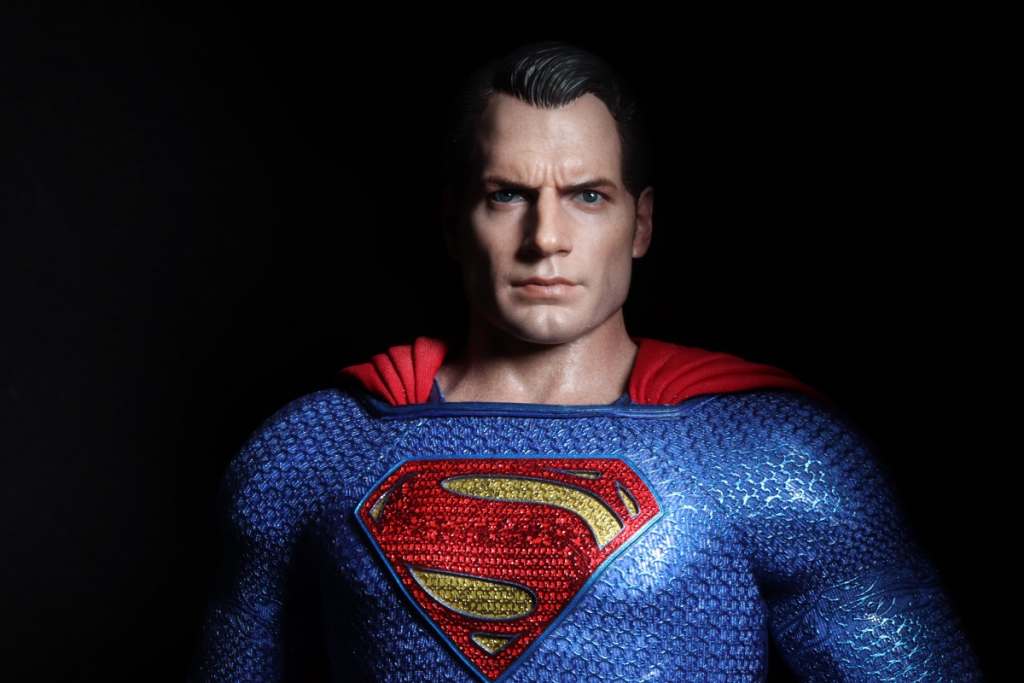
Toytoygraphy is more than place to get tips for beginning toy photographers. Its also another place to have interesting work showcased. Im excited to be able to offer this to the community! I love using my knowledge and skills to help and inspire others.
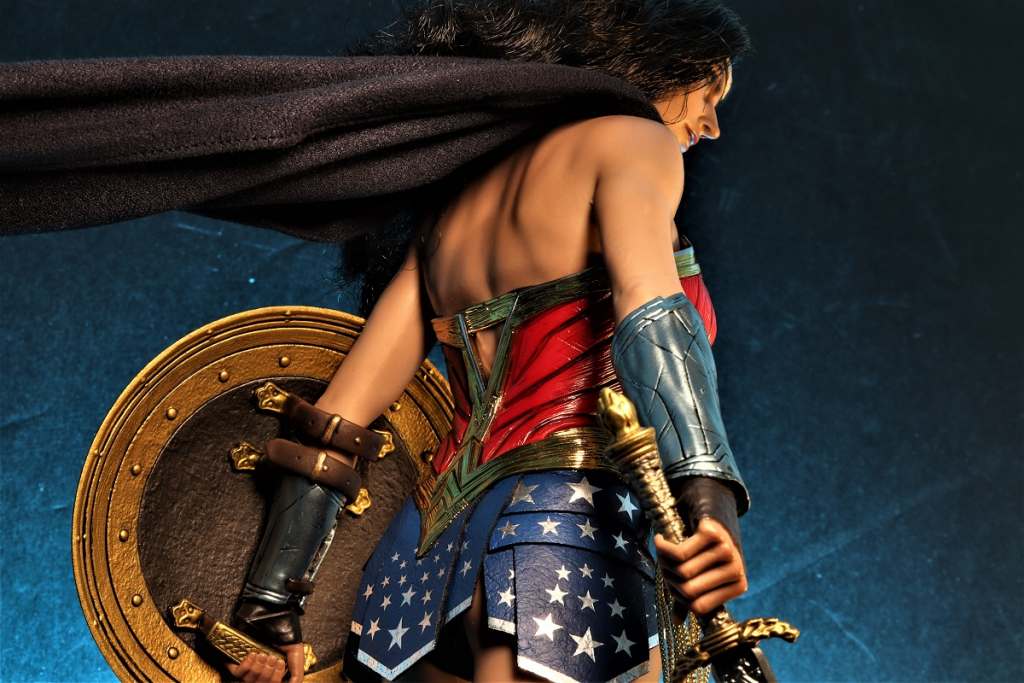
Final thoughts
One of the artists I admire is not a toy photographer, he’s the comic book artist. Alex Ross. Ross one the Will Eisner Award in 1998 and has worked on The World’s Greatest Super Heroes, Kingdom Come, Justice and Marvels. I absolutely LOVE how he makes comic book heroes look like real people. His work, is the reason I take my toy photos in the manner that I do.
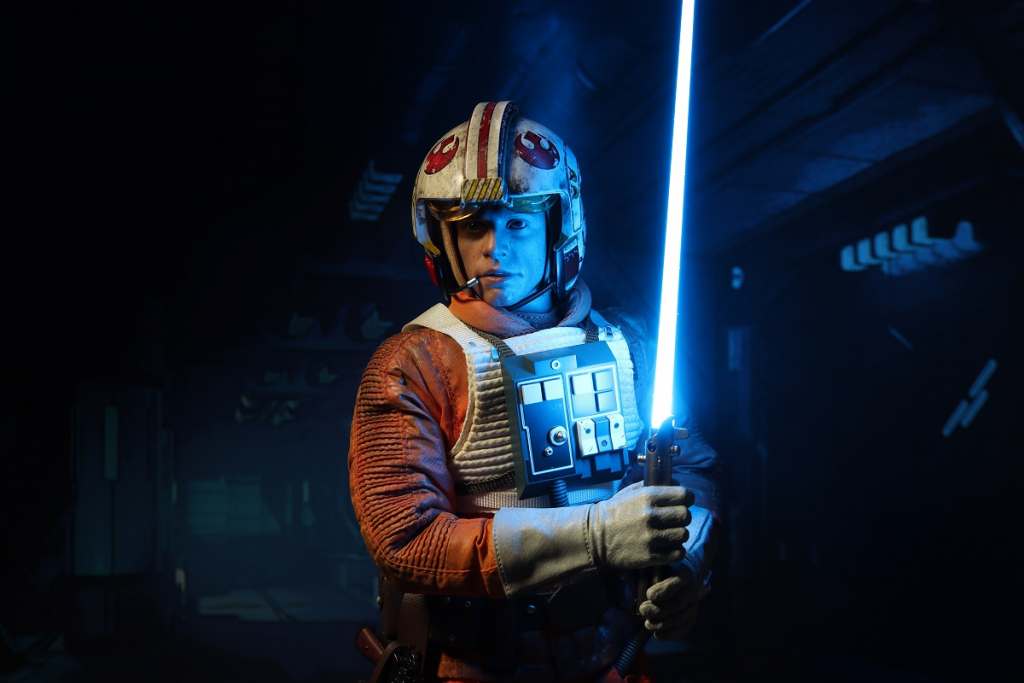
My advice to new toy photographers is to know that it’s ok to find inspiration in other people’s photography. But don’t waste time copying someone else’s work. That’s a sure way to get discouraged and ultimately burn out. I recommend working on finding your own unique style and developing that instead.
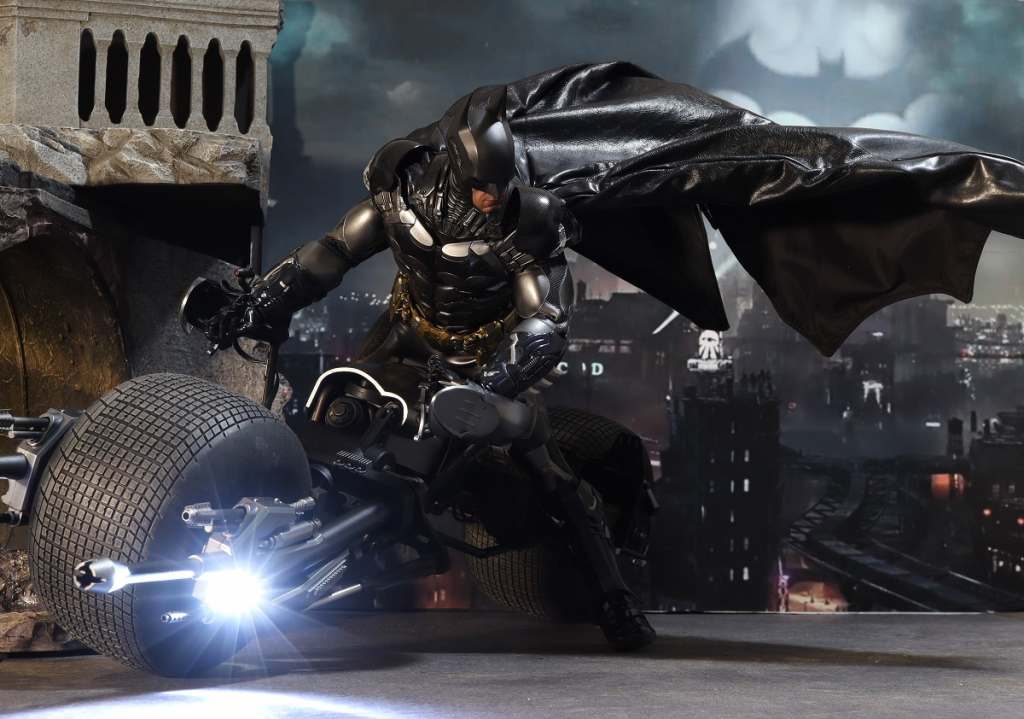
Thank you Brian for sharing your journey for our Feature Friday series! You can see more of Brian’s work on MeWe or at bcarphotos.com. And don’t forget to check out his magazine Toytographymag.com.


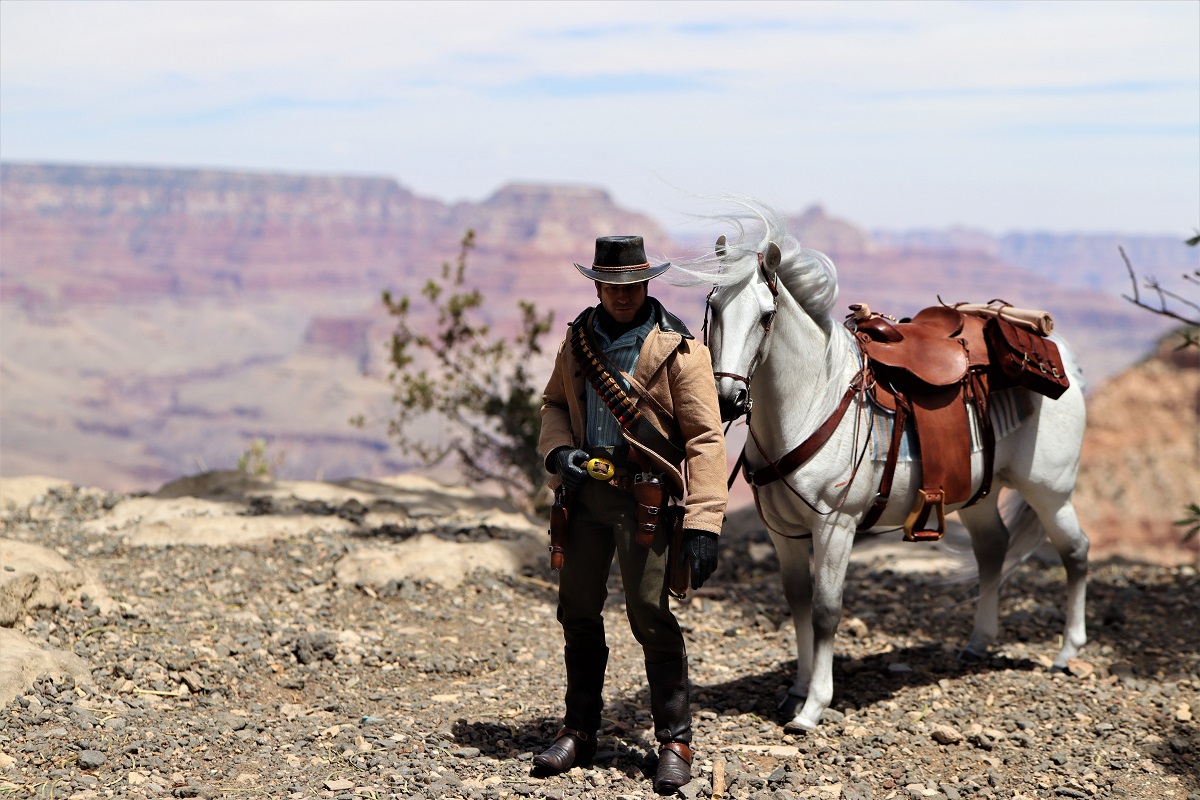
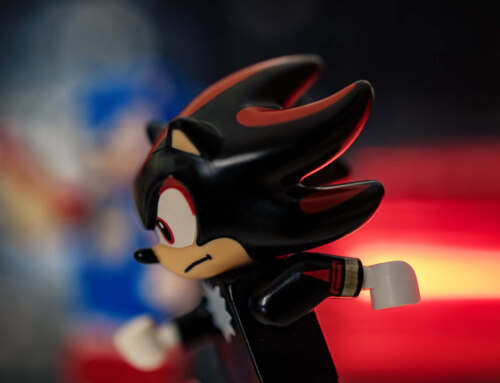
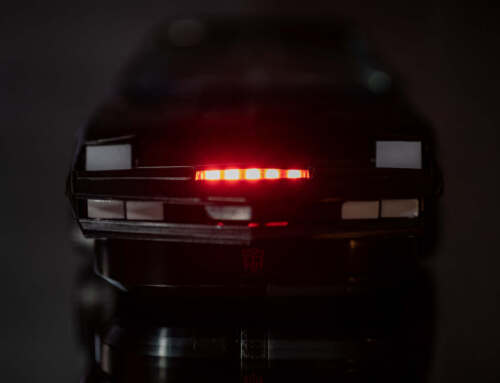
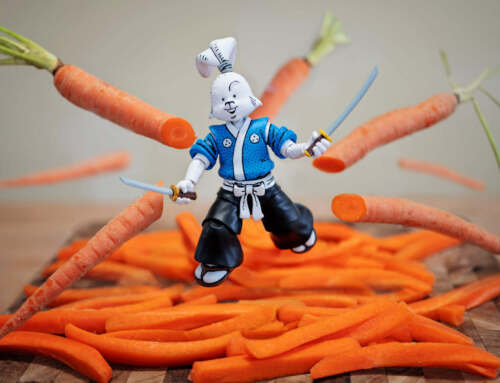
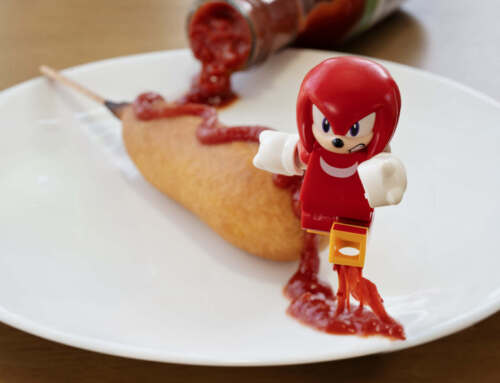
Thanks for sharing more about yourself and your toy journey!